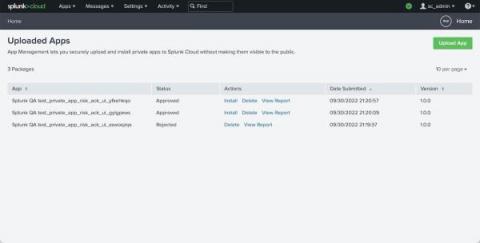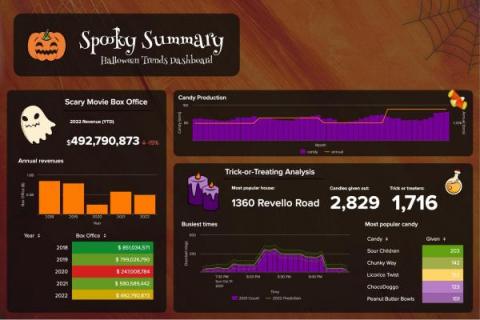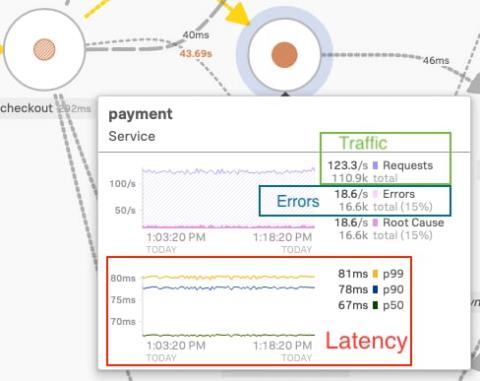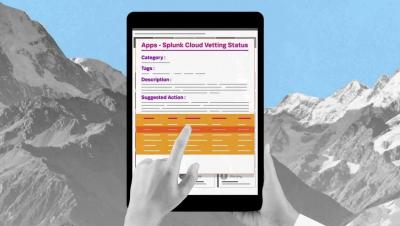Customers Demand Interoperability and Open Standards Are the Key
When I speak with customers, especially chief information security officers (CISOs), one of their most consistent requests is that they want interoperability. They want the software they buy to work with the software they have and plan to buy in the future. Nearly every organization, certainly every enterprise company, has an installed base of hardware and software representing a significant investment in time and money.














